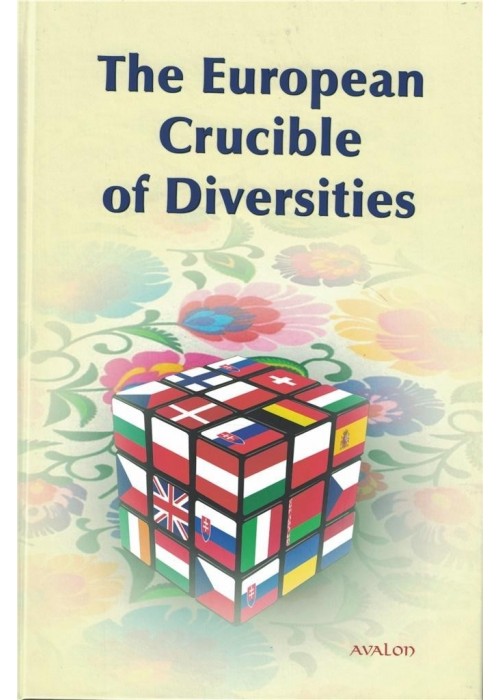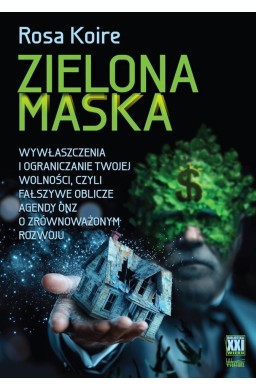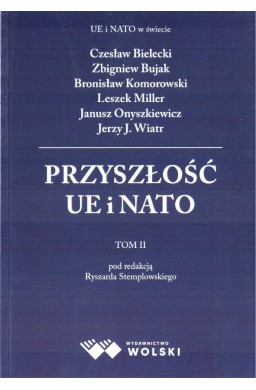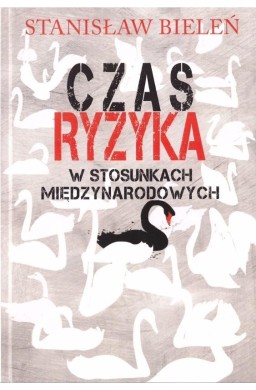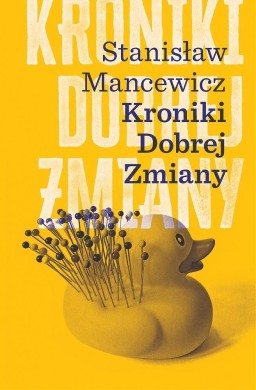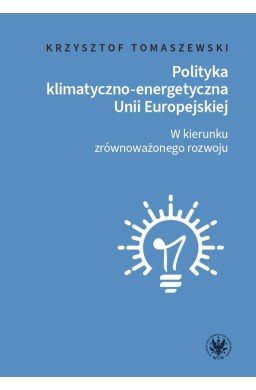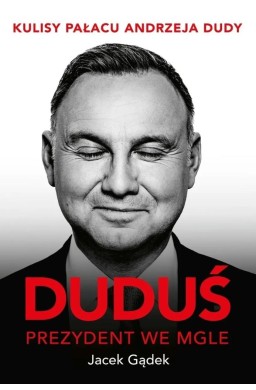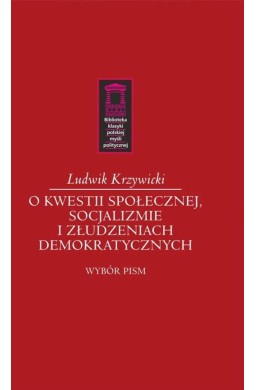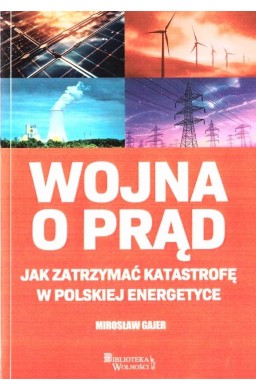- -20%
Europejski tygiel zróżnicowań/The European...
Kuta Cecylia
Marecki Józef
9788377304150
The cooperation between Central European countries: Czechoslovakia, Poland and Hungary informally referred to as the Visegrad Triangle, and after the split of Czechoslovakia as the Visegrad Four or the Visegrad Group (V4), has its historical and...

Polityka bezpieczeństwa

Zasady wysyłki

Regulamin księgarni
The cooperation between Central European countries: Czechoslovakia, Poland and Hungary informally referred to as the Visegrad Triangle, and after the split of Czechoslovakia as the Visegrad Four or the Visegrad Group (V4), has its historical and cultural roots in the past centuries. The above countries share common ideas, history, projects and plans for the future built on multiple levels, but also common political and economic past, social relations and finally cultural legacy. In each of these countries Christianity is inextricably linked to the beginnings of the statehood and the development of the national identity. Their close religious relations have for centuries been maintained by the cult of the same heroes, leaders and saints. Over the period of a thousand years political alliances have been established against common enemies. Also, the common experience of Communism is a significant connecting element between these nations. This publication is the outcome of the individual and joint scientific research, meetings, discussion sessions, academic conferences and exchange of thoughts. The authors represent different countries, academic institutions and research teams. Their common goal is to depict the national identity of the countries of the Visegrad Group, show the elements that connect these countries, and expose their common cultural legacy, particularly the traditional culture, as well as the cultural legacy of Europe. Współpraca państw środkowoeuropejskich: Czechosłowacji, Polski i Węgier określanych nieformalnie najpierw jako Trójkąt Wyszehradzki, a po rozpadzie Czechosłowacji, jako Czworokąt Wyszehradzki lub Grupa Wyszehradzka (V4), ma swoje historyczne i kulturowe korzenie w minionych wiekach. Kraje te łączą nie tylko wspólne idee, historia, projekty i plany na przyszłość budowane na kilku płaszczyznach, ale również wspólna przeszłość polityczna, gospodarcza, stosunki społeczne i wreszcie dziedzictwo kulturowe. W każdym z tych krajów chrześcijaństwo wiąże się nierozerwalnie z początkami państwowości i rozwojem tożsamości, a silne związki religijne są podtrzymywane od wieków przez kult tych samych bohaterów, przywódców i świętych. Na przestrzeni tysiąca lat zawiązywano sojusze polityczne przeciwko wspólnym wrogom. Wspólne negatywne doświadczenie komunizmu stanowi ważny element łączący nasze narody. Publikacja jest pokłosiem badań naukowych indywidualnych i zespołowych, spotkań, konwersatoriów, konferencji naukowych, wymiany myśli. Autorzy reprezentują różne kraje, środowiska, placówki naukowe i zespoły badawcze. Wspólnym celem postawionym przez nich było ukazanie tożsamości narodowej krajów Grupy Wyszehradzkiej, pokazanie elementów łączących te cztery kraje, wyeksponowanie wspólnego dziedzictwa kulturowego, ze szczególnym uwzględnieniem kultury tradycyjnej, a także wyeksponowanie dziedzictwa kulturowego Europy.
9788377304150
100 szt.
Opis
- Autor
- Kuta Cecylia
Marecki Józef - Liczba stron
- 189
- Format
- 11,5x18,5 cm
- Rok wydania
- Oprawa
twarda- ISBN
- 9788377304150

